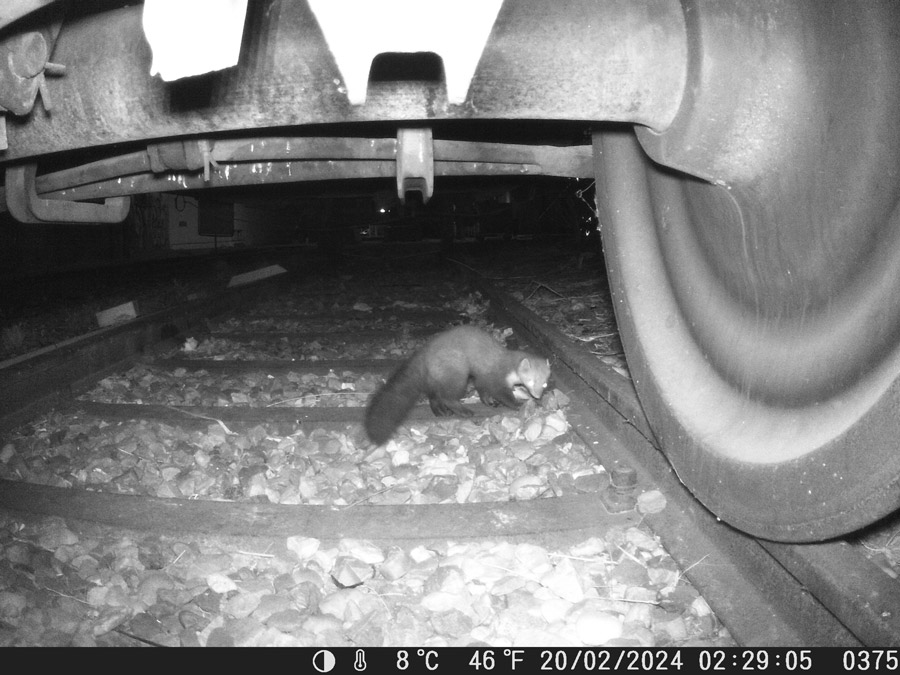WildCam TV on display at HGK Civic

WildCam TV makes it possible to create different, flipbook-like image sequences based on individual still images. The installation offers parametric selection criteria for this: location, time, day /night, interval, and frame rate. Instead of rendering a video, the image database is accessed directly and the selected still images are sequenced. As the image sequence generator allows the database to be searched for situations of interest, it is also a valuable medium for biological studies.
The research project MITWELTEN – Media Ecological Infrastructures for Biodiversity (Swiss National Science Foundation, 2020-2024) explores interdisciplinary strategies to contribute to the promotion of biodiversity in residential and recreational areas by means of design research extended to engineering, natural sciences, and cultural sciences.
The increase in the world’s human population and global industrialization processes are leading to species and habitat loss. Additionally to the forests, human settlement areas offer wildlife more attractive habitats than the deserts of industrial agriculture. But so far, green spaces in settlement design are focused on humans, while humans are excluded from nature conservation biology. The alleged contradictions of nature, culture and technology must be transformed into a constructive interplay for biodiversity to succeed.
How can media design interventions based on the Internet of Things contribute ecologically and culturally to the promotion of biodiversity in local ecosystems?
To answer this guiding research question, an ‘Internet of Things Toolkit’ and several Design Interventions were developed and installed in three field studies: in the botanical ‘Merian Gardens’ in Basel, in the ‘Dreispitz’ area in Basel-Münchenstein, and in the nature reserve ‘Reinacher Heide’ in the agglomeration of Basel. The Design Interventions aim to give plants and animals a voice, expand ecological knowledge and experience, create new forms of coexistence between species, and thus cultivate ecological values and behaviors.
You can visit the installation between September 23 and October 6, 2024, 8 am – 5 pm, at CIVIC.